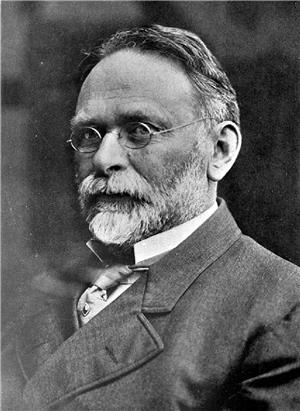On April 19, 1899, the City of Seattle lets a contract for Cedar River Pipeline Number One. The contract, prepared by City Engineer R. H. Thomson (1856-1949), calls for a complete water system running from Cedar River to reservoirs in Seattle. The total bid for the contract is $1,203,912.03.
The contract had four subdivisions. Subdivision One was for the headworks on Cedar River, intake, intake canal, settling basin, gatehouse, a dwelling for the dam keeper, a horse stable, and the transmission pipeline into Seattle.
Subdivision Two was for the Volunteer Park and Lincoln Park reservoirs, gatehouses, and a pumping plant. Subdivision Three was for the 318,000-gallon capacity standpipe on Queen Anne Hill, along with a force main from the Lincoln Park reservoir to the standpipe. Subdivision Four was for a pipeline connecting Lincoln Park to the distribution system.
Dimensions and Path
Pipeline from the headworks to Volunteer Park was 42-inch pressure pipe. From Volunteer Park to Lincoln Park, 36-inch pipe was used. The entire system included six miles of 42-inch steel pipe, one mile of 36-inch steel pipe, and 22.5 miles of 42-inch wooden stave pipe.
From the settling basin near the dam at Landsburg, the pipeline ran 13.5 miles to Renton, generally following the ridge along the left bank of the Cedar River. From there, it ran 8.5 miles to Seattle, entering the city near Spokane Street and Beacon Avenue. It ran along Beacon Avenue to 14th Avenue S, then to Holgate Street, then along 13th Avenue S to Judkins Street. From there, it ran along 12th Avenue, all the way to Volunteer Park.

